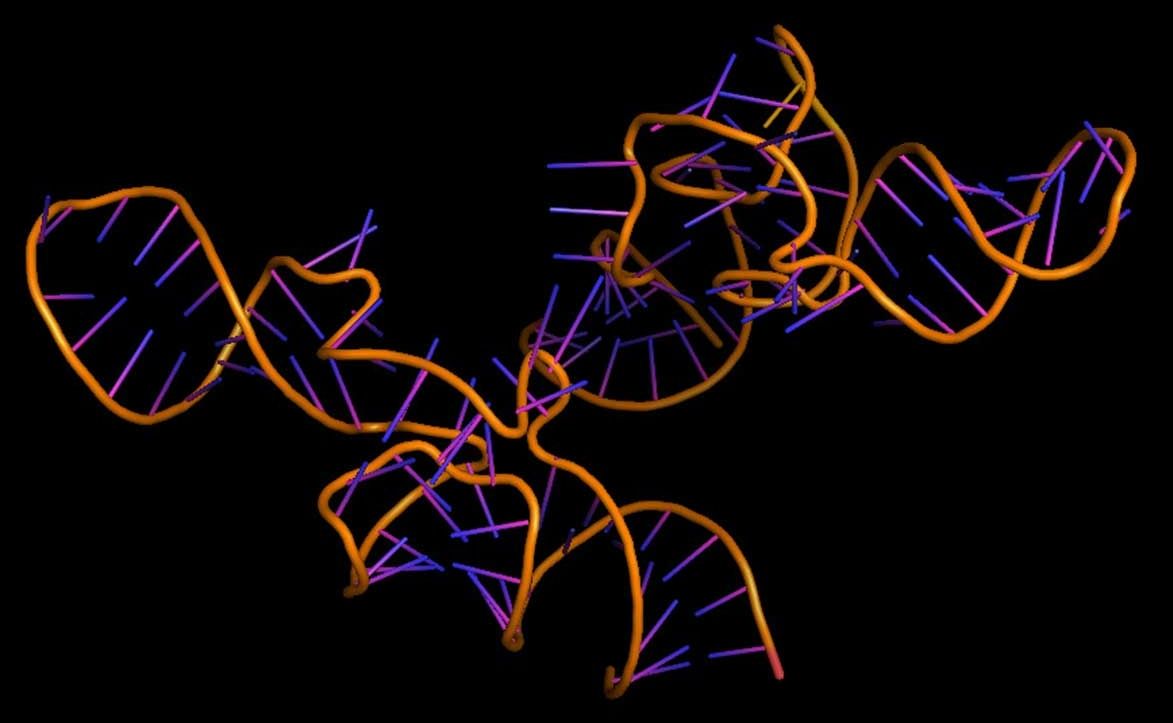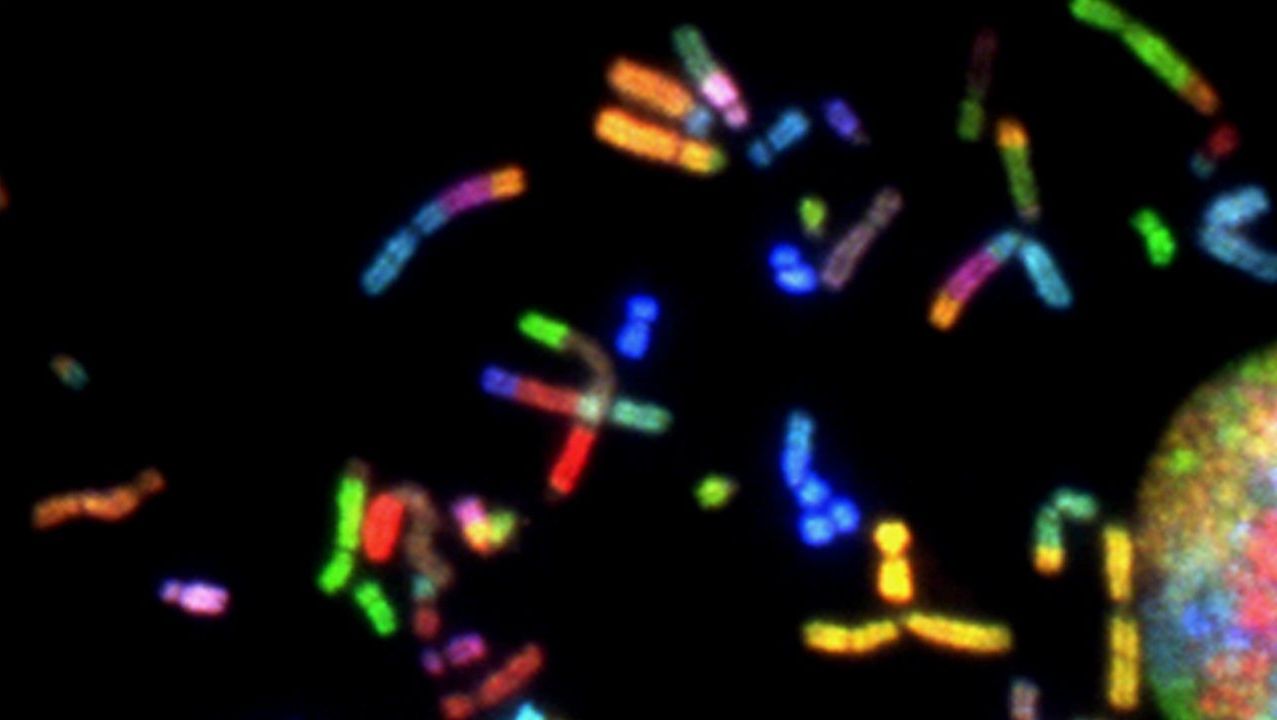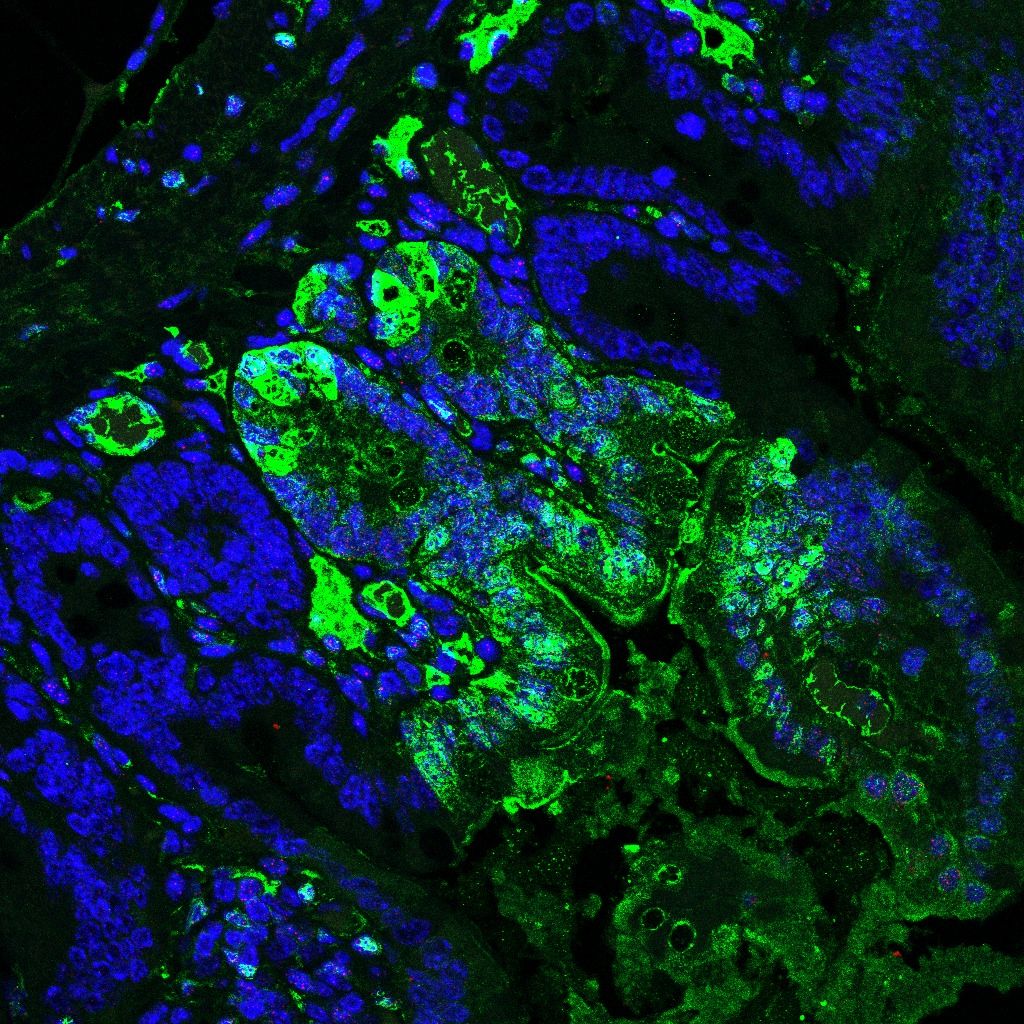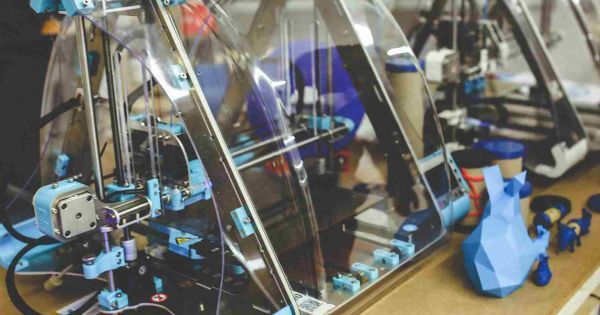Jun 2, 2016
DoD to launch info-sharing system to protect against insider threats
Posted by Karen Hurst in categories: government, military, security
I could see this for those US Gov. non-classified and even some lower risk classified systems. However, when I had worked in government we found for the “Top Secret” and highly “Classified” systems that the best secured method is to continue to leave these systems unconnected and using those floppy disks to transfer information. Yes it’s dinosaur technology; it has been proven time and time again to be the most reliable and safest until we have QC on a massive scale adopted.
The Defense Department is creating an information-sharing platform that will monitor risks posed by government employees and other individuals in possession of high-level U.S. government security clearance.
The program, known as “Department of Defense (DoD) Component Insider Threat Records System” is part of an executive order signed by President Obama in October 2011. The system aims to prevent leaks of classified government information and will monitor individuals who were granted eligibility to access classified information and those “who have exhibited actual, probable, or possible indications of insider threat behaviors or activities.” This includes National Guard and military reserves personnel, employees, DoD contractors.
Continue reading “DoD to launch info-sharing system to protect against insider threats” »


















